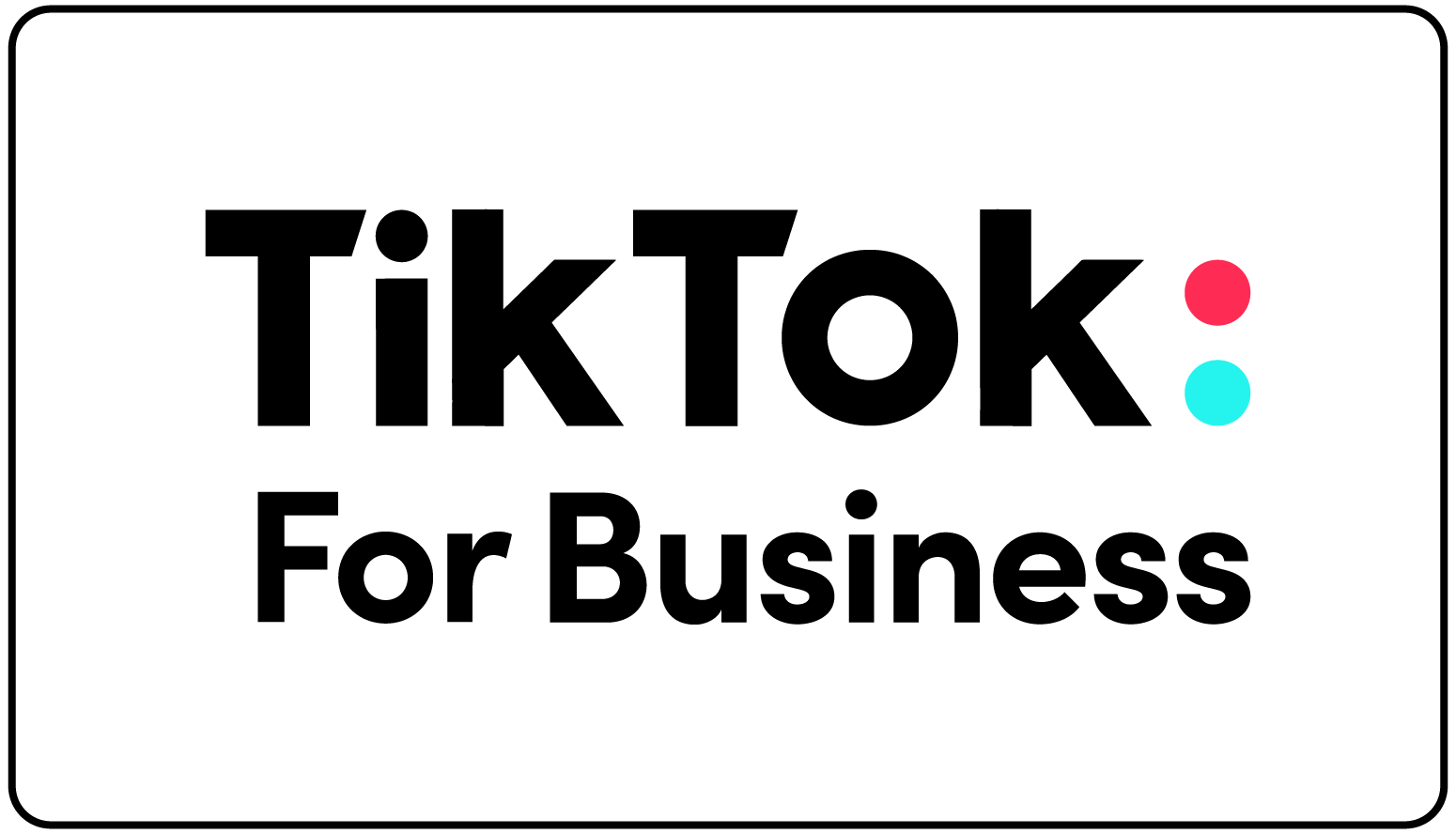Copy occupies several spots in a social media ad, depending on the platform. The most important elements are the headline, the image text, and the body text. The image is the first part of an ad people notice, but the copy, particularly the headline and image text, motivates them to engage or convert.
Copywriting is a specialist field, but there are rules that all great social media ad copy follows.
- Align copy and visuals — Copy and images should complement and amplify each other. Copy should relate to the image, refer to it or complete an idea prompted by the image.
- Keep it short — No one visits Facebook to read the ads. Once you’ve caught the user’s attention, you have a fraction of a second to get your message across. Make every word in the headline and image text count.
- Focus on a problem and your solution — The best copy shows that the advertiser understands the user’s problem and has the solution. Empathy first, sales language second. “Is your lawn a mess?” beats “Buy our superfast weed killer today!”
- Proofread (then proofread again) — Spelling, grammar, and sensitivity issues are a surefire way to limit conversions and get the wrong sort of attention for your brand. Read through ad copy carefully. Even better, get someone else to proofread for you. A second pair of eyes will spot mistakes the writer misses.
Writing Hooks for Social Media Advertising
A hook is a copywriting technique used to catch and maintain attention. You will often see hooks in the headlines and the post text of social media ads. There are many ways to write a hook, but the basic idea is simple. Write a short sentence that makes the reader want to know more.
- Ask a question — Questions are a classic hook. “Is bad copy hurting your Facebook ad performance?” or “How do professionals write ad copy that converts?”
- Promise a solution — “Write incredible copy with these simple tips.” or “Learn how to write like David Ogilvy.”
- Share information — “These hooks increased paid social conversion rates by 100%”.
- Promise exclusivity — “99% of Facebook advertisers don’t know these copywriting secrets.”
- Disclose a risk — “The competition is killing it on Instagram. Why aren’t you?”
- Play it straight — A hook doesn’t have to be clever or complicated. Sincerity can be just as effective: “We’re proud of these hooks, and we think you’ll love them too” or “We want to help you to write better hooks.”
A hook is not clickbait. Clickbait is deceptive; it never lives up to its promises. Hooks are the promise that the rest of your ad copy and your products deliver on. Facebook will penalize your ads for clickbait, but hooks are the heart of good copy.

